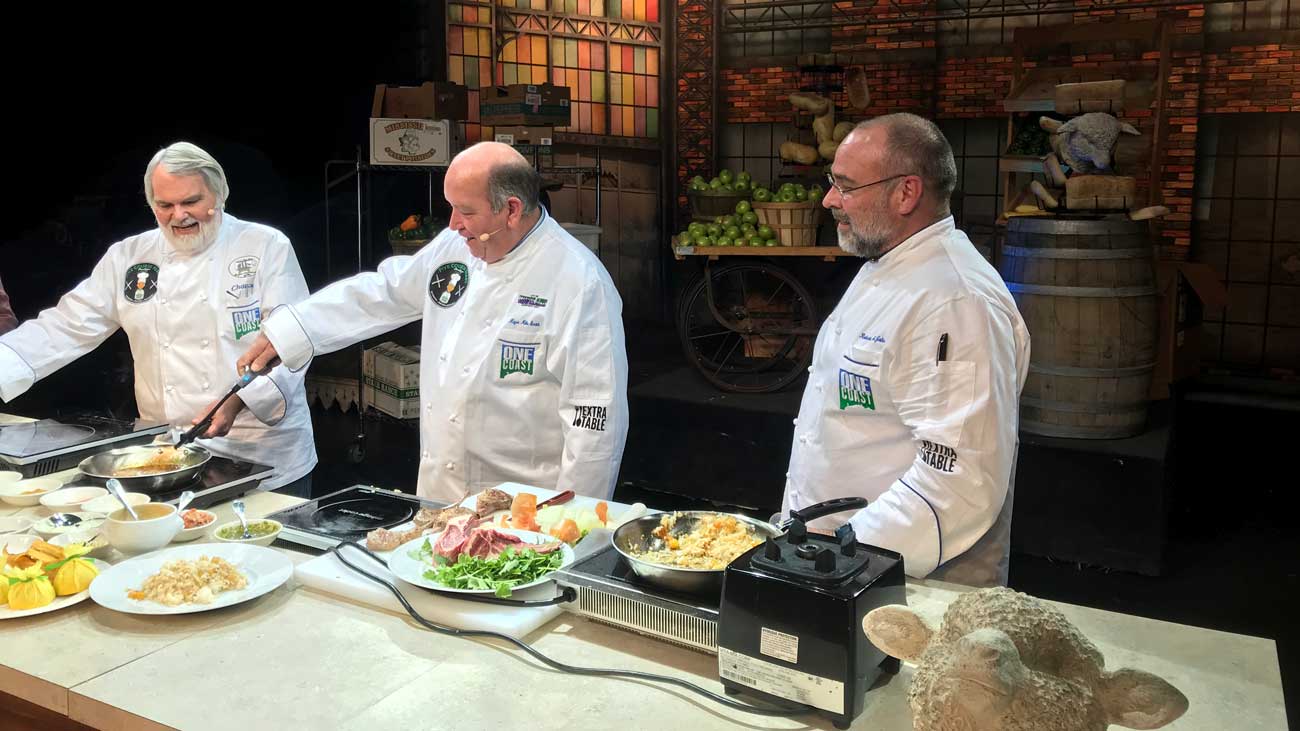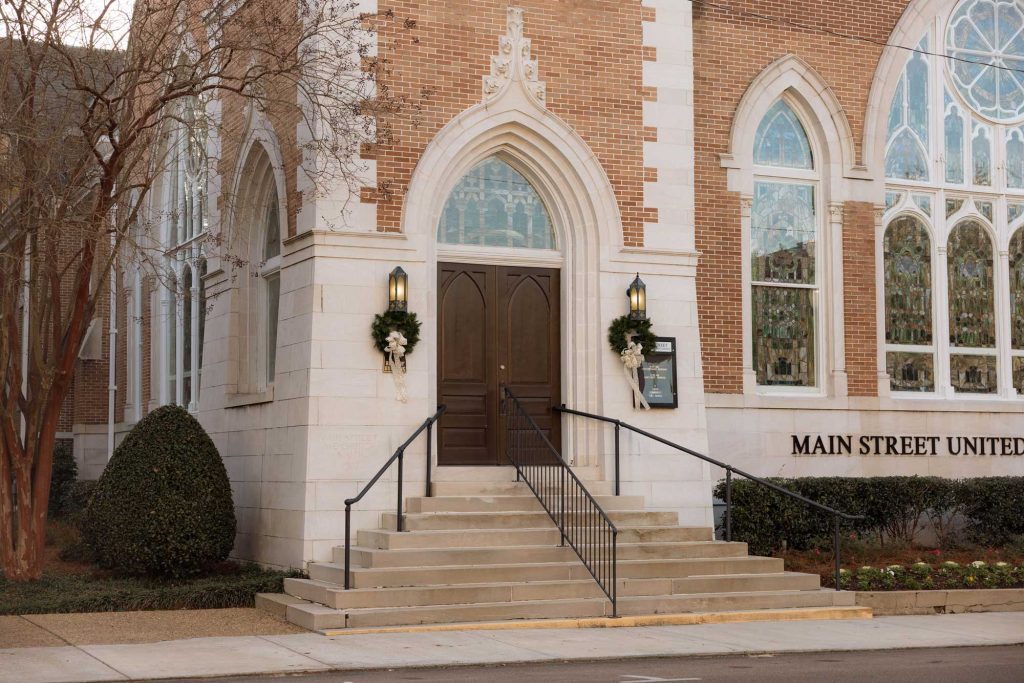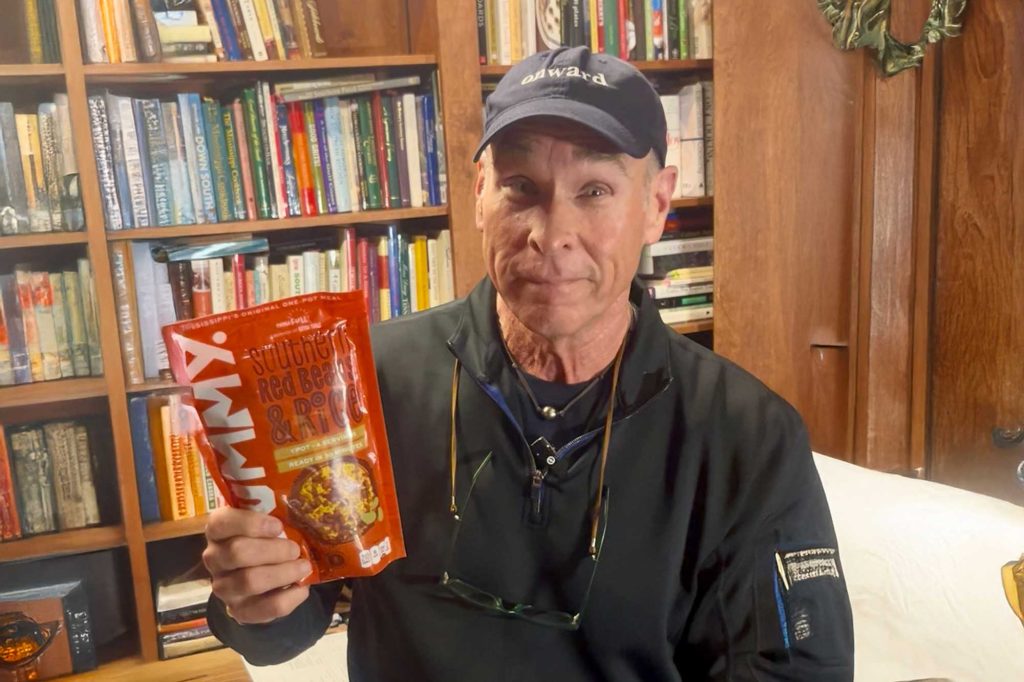Two years ago today I was in Italy. My wife, daughter, son, two good friends and I spent 10 weeks covering the boot from the southernmost tip of Sicily to the Alps.
My wife homeschooled the kids while my friend and collaborator, Wyatt Waters, and I worked on our third book, “An Italian Palate,” which is released this week.
The book, my ninth, is a first in many ways. It’s my first book featuring non-southern food and themes. It’s the first book I’ve written and researched overseas, and it’s the first time I’ve ever had the luxury of two years to complete a book.
Wyatt and I both agree that it’s our best work, yet
Two years ago Italy became a waypoint of riposo after a harrowing six-week trek across Europe that started in Gothenburg, Sweden and wound up in Istanbul, Turkey a few weeks later. After a sweep up the Adriatic coastline and a stopover in Austria we picked up Wyatt in Venice— where he had spent the previous 10 days completing 27 watercolors for consideration in the book— and drove to the heart of Tuscany where we all exhaled a collective sigh of relief and started the collaborative process.
The process for every book has been different. For this book my main objective was to drive Wyatt to wherever he needed to be to paint. We would wake up in the morning and set out on the road. Sometimes I would drive to the city center of a small Tuscan town, other times we would make our way to a larger city such as Florence. Once we were in place he would paint, I would eat.
I spent time in kitchens of small restaurants and trattorias and in people’s homes learning authentic Italian cooking. It was the most fun I’ve ever had learning a cuisine and how to cook it.
True Italian cooking is much different than American-Italian cooking. There is less cream and cheese and minimal ingredients. The book contains about 50% authentic Italian cooking, 25% American-Italian and 25% recipes I created for our Italian restaurant, Tabella. All are easily replicated inn an American kitchen. I feel like it will be the most cooked-from cookbook I have ever written.
We never set out to do “the next book.” It just happened organically. The idea for the book came from a lunch in Jackson.
Before I opened Tabella I spent every Wednesday at my friend, and devout Italophile, David Trigiani’s house. He is a masterful Italian cook. I drove up every Wednesday for a year and we cooked Italian recipes in his kitchen that I hoped to serve in the new restaurant. Some were recipes he had learned in Italy, some were recipes he had created, and many were from his Italian mother. Wyatt would show up for lunch and the three of us would share this amazing Italian food.
Around that time I was working on the six-month trip to Europe. I knew we were going to be in Italy for at least 10 weeks so I asked Wyatt if he wanted to join us while we were on the Italian leg of the trip to paint and maybe our next book could be an Italian coffee table cookbook that was created in Italy. He didn’t hesitate, Trigiani said he’d like to join us, too and we went forward from there.
This book is a true labor of love. I spent 10 weeks in Italy with my wife, two children, and my best friend. Whether we sell one copy, or the entire 10,000–copy run, I am going to be happy.
The first book, “A Southern Palate,” was this crazy, once-in-a-lifetime thing where we were doing all we could do to keep up with demand, and then three weeks later, it was sold out. I spent a lot of time on our second book, “Southern Seasons” trying to make sure we replicated the experience from the first book.
This time around I am just going to enjoy the process. We had a blast researching the country, developing the recipes, and creating the cookbook. I am looking forward to the book tour where we can just hang out and meet people who are interested in our work.
All of the 128 paintings Wyatt completed during the journey can be viewed from now until January. Half of them are in a show at the Mississippi Museum of Art in Jackson and the other half are hanging at The Oddfellows Gallery in downtown Hattiesburg.
At the end of my life, when all is said and done, and I am left to rock on a porch with time to rest and reflect, I know that working in a collaborative atmosphere on these book projects with my best friend will have been among the greatest experiences of my life. Thank you for helping to make that happen. Bring on the next chapter.
Chicken Meatballs
2 pounds ricotta cheese
2 pounds ground chicken, chilled
3 large eggs
2 cups freshly grated Parmigiano-Reggiano cheese
2 Tbsp kosher salt
1 tsp freshly ground black pepper
All-purpose flour
Olive oil
4 cups Marinara Sauce for serving (optional)
Wrap the ricotta in cheesecloth and place it in a strainer over a bowl. Weight with some plates or bowls (about 5 pounds will do) and place in the refrigerator overnight to remove excess water from the cheese.
Using your hands, combine the drained ricotta with the chicken, eggs, grated cheese, salt and pepper in a large bowl. Mix thoroughly until completely smooth, 4 to 5 minutes.
Form into 18-24 meatballs, 2 1/2 ounces each (about the size of a golf ball. Lightly coat each meatball in flour and transfer to a lightly floured baking pan. Cover the pan and place the meatballs in the refrigerator to set for at least 4 hours or overnight. They may also be frozen for up to 6 weeks at this point.
Place a large skillet on medium-high heat and pour in enough olive oil to just cover the bottom of the pan. Dust the meatballs in flour one more time. Brown the meatballs, being careful not to let them burn. Place on paper towels to drain excess oil and fat. At this point, the meatballs may be refrigerated for up to 4 days or frozen.
If serving immediately, wipe any fat out the skillet, return the meatballs to the skillet, add the marinara, and simmer over low heat until meatballs are cooked to an internal temperature of 160ºF (poke a few with an instant-read thermometer), 20 to 25 minutes.
Yield: 18-24 meatballs



